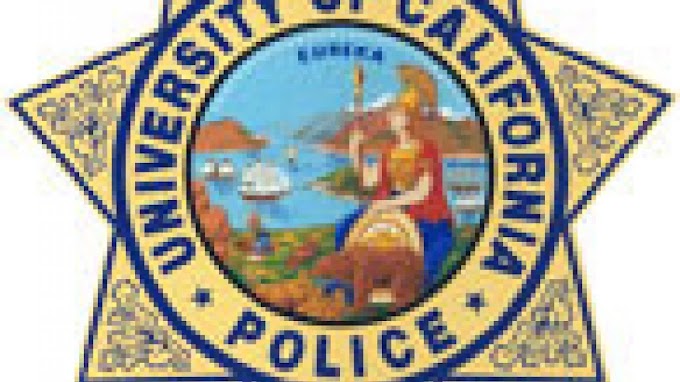New York City’s transit system, the largest in the nation, faces billions in losses as the coronavirus outbreak and lockdowns impacted every mode of transportation—subway, buses, commuter rail, and ferries. Now, as more people return to work and school, no one knows if they’ll resume using the mass transit system or if they’ll seek alternative transportation.FOR MORE INFORMATION SEARCH HERE
A Columbia University research team is conducting a survey on how COVID-19 has changed commuting patterns in the New York metropolitan area. The survey, which is open to all and takes about 10 minutes to complete, and was created by a group of professors and students at Columbia that use data-intensive methods to understand people’s travel patterns.
Sharon Di, an assistant professor of civil engineering and engineering mechanics who leads the group, said the survey seeks to understand people’s travel patterns before the pandemic, after the stay-at-home orders were instituted, and after states began to reopen.
“The results from the survey will inform our research, which we will share with policymakers and planners who are working to improve transportation infrastructure and service, especially public transportation,” said Di, who is also a member of the Smart Cities Center at Columbia’s Data Science Institute. “The information we gather from the surveys will be used to better accommodate people’s travel needs in the new normal.”
The survey asks which kinds of transportation people use, how they use it, and how the coronavirus changed their commuting choices. The responses will help Di and her team understand the short-term and long-term impact of the pandemic on travel trends, develop results-oriented approaches, and provide insights to planners that will enhance the resilience of transportation systems in metropolitan New York.
“Will people cycle and walk more? Will they drive their cars more? Or will they return to mass transit?” Di asked. “The surveys will help us understand those modal shifts and share that information with policymakers, which we hope will help residents of the metro area get to work and school more quickly and more safely.”





0 Comments
please do not spam link